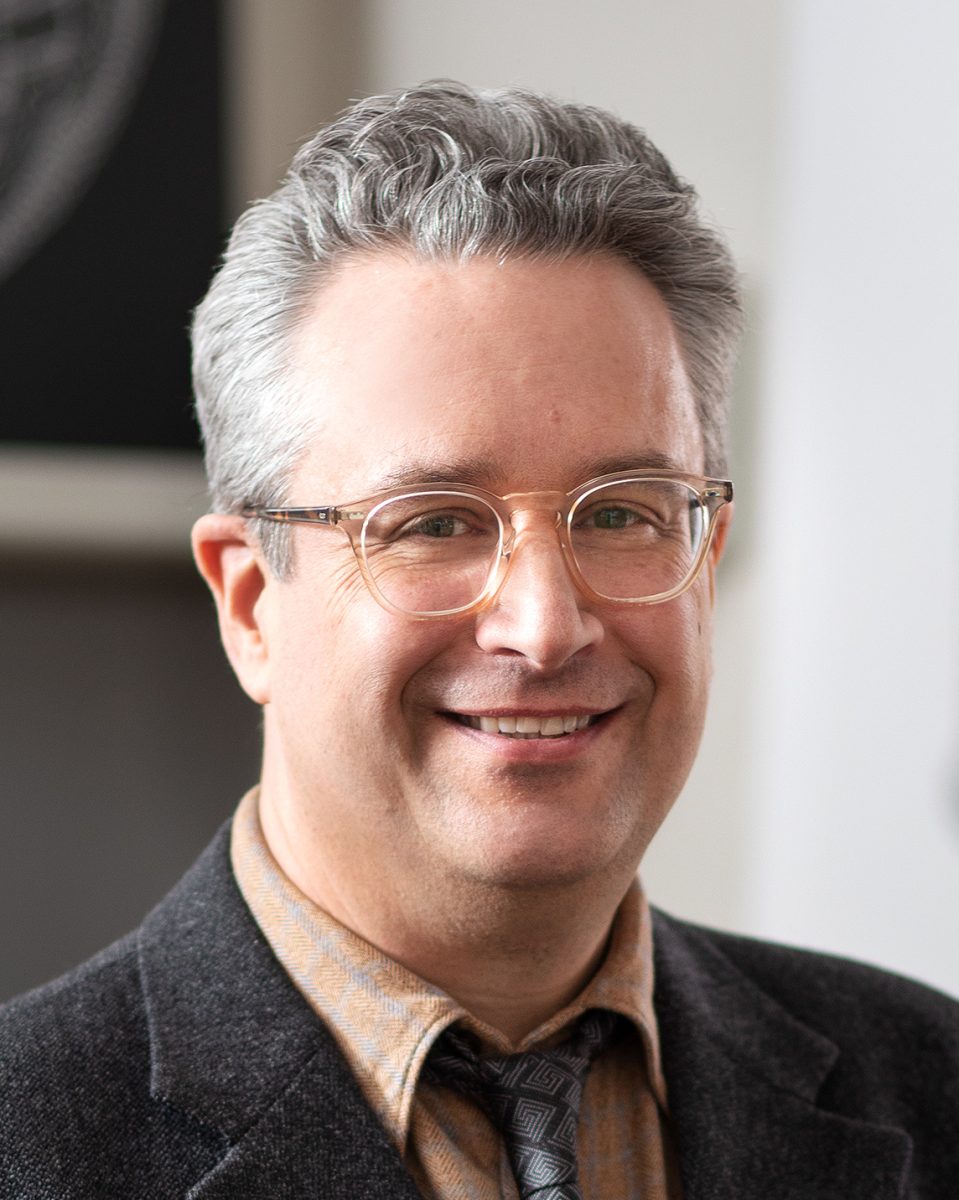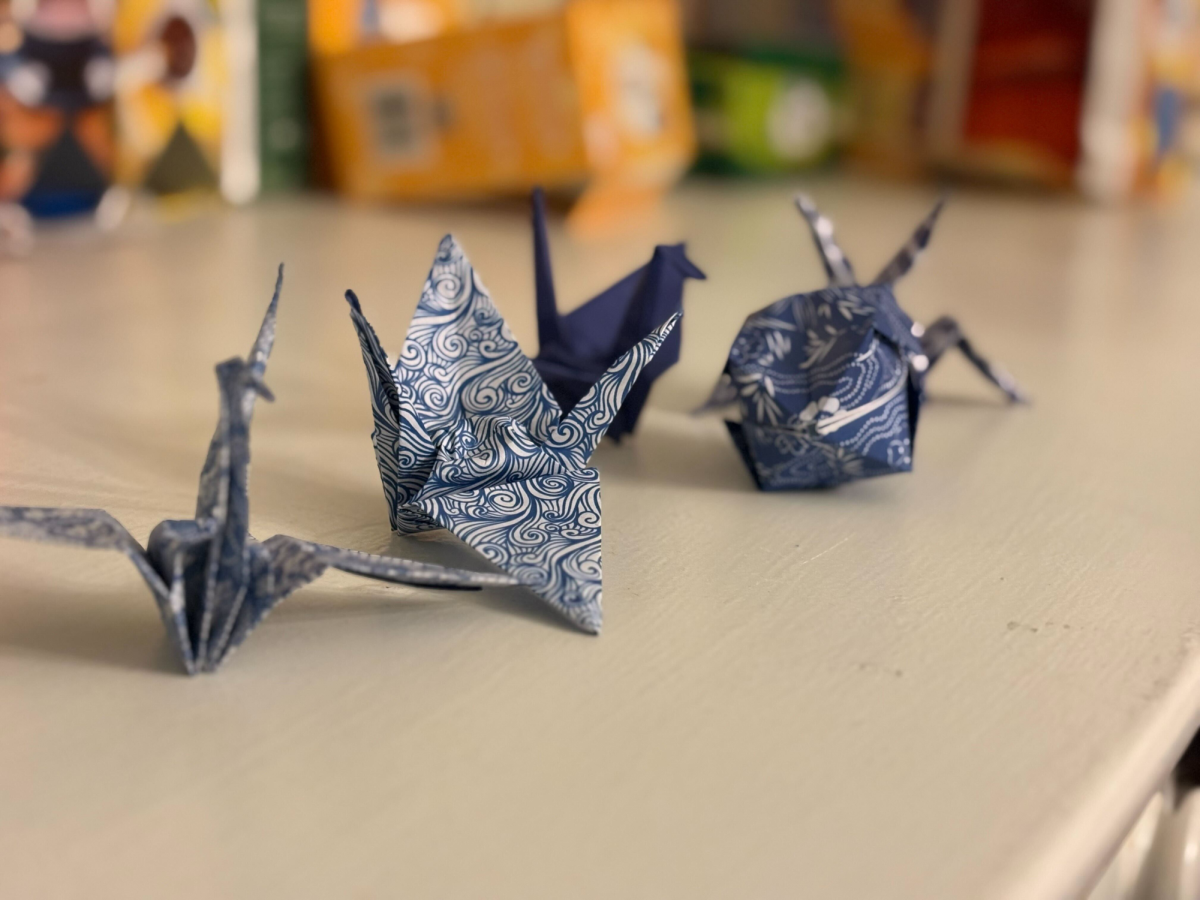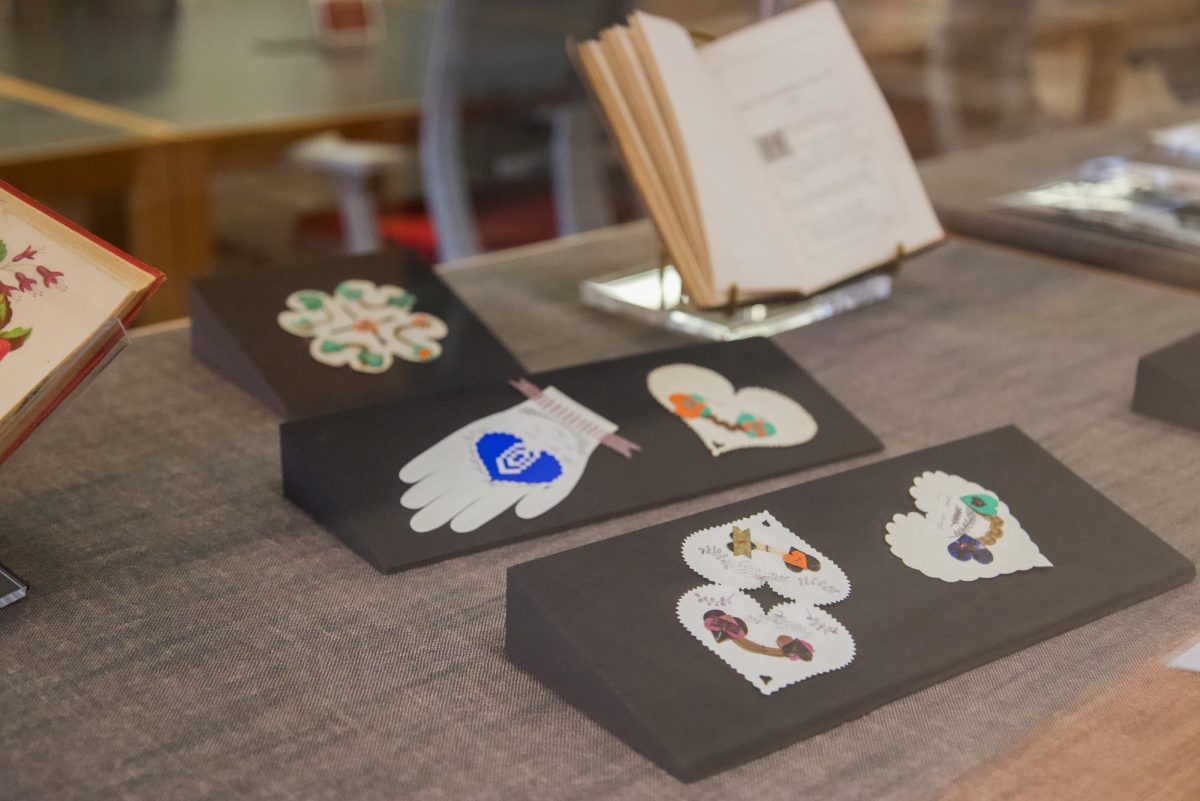Learning the rules before you break them is a common sentiment across many disciplines, and radio work is no different. There are guidelines to keep in mind whether one is a podcaster or broadcaster, as well as generally accepted techniques for style and clarity. The field has been around long enough that people know what works, and both organizations and producers have figured out a general storytelling blueprint which ensures success in the writer’s room. However, not everyone wants to conform.
Independent radio producer, sound designer, and writer Liza Yeager visited Oberlin to give her talk Making Radio That Listens at the Cat in the Cream March 14. She has contributed stories to NPR podcasts Invisibilia and Planet Money, BBC Radio 4’s Short Cuts, 99% Invisible, and Latino USA. Her longform audio documentaries have been nothing short of successful and engaging, but she prefers to make more experimental content that pulls from many different disciplines and soundscapes. After taking the Oral History Summer School’s intensive training course, she’s been delving into forms of storytelling that might make a traditional journalist break a sweat.
According to Yeager, simplicity sells in mainstream radio: the most frequently picked-up pitches for radio and podcasting outlets include a single character experiencing something unusual, told chronologically by an authoritative narrator who spells everything out. Following this structure may get someone a show, but it may not be the best practice if, as it is to Yeager, nuance and innovation is the ultimate goal.
Journalists inherently hold a lot of power when interviewing and writing about others’ experiences, even in seemingly low-stakes situations. They must maintain a sense of control in their interactions with subjects, steering the conversation with meticulously worded questions that they often already know the answer to. Interviewees are expected to follow suit. Yeager raises questions of imbalance of power and consent between writer and source, and her discomfort with this dynamic has shaped her methodology.
Yeager’s ability to capture ordinary everyday moments and transform them in unexpected ways is not limited to a single medium. Her recent work “Tell Me How You Love,” co-written with Elizabeth Rush, features audio clips and written interviews detailing the intersection between climate change and romantic relationships. Some of her interviewees weren’t convinced of the ties between them, but others had clear-cut stories about how the warming world has impacted their dating lives. Yeager doesn’t miss a beat throughout her interviews.
Yeager’s dedication to her subjects is admirable. She shared audio clips of her story “Raising Devendra” for NPR’s Invisibilia, wherein she explores the building of a relationship between a woman and an artificial intelligence tool. When crafting this story, she toiled over ways to keep details intact with all of its nuance, the subject’s own perspective and personality, and the facts. It’s a hard balancing act, which at times left Yeager dissatisfied with her work.
Yeager wants to make her interviewees feel comfortable and confident during the interview process and after they hear themselves back in their episode. She expressed concerns about oversimplifying “Devendra” or speaking for her subjects with her own role as an authoritative narrator, where she has to fill in gaps from the interviews. Every journalist and storyteller should be as concerned with ethics and authority as Yeager is. Being aware of one’s place in a story that is not one’s own, but is now theirs to tell, may seem like a hindrance. However, it is necessary, and Yeager plays to this as a strength in the medium of oral history.
Yeager has taken to oral history as a way to give up that journalistic power. She views it not as a surrender, but a service to her interviewees for the good of the piece. Instead of assuming authority as a narrator, she opts to fade into the background, ask few questions, and let her subjects lead the narrative. A typical journalist has an angle from the beginning, and must see it through from pitch to published piece. Yeager sees the angle as secondary and something to be discovered during or even after a conversation with a source.
Polyphony in a story is a beautiful thing to an oral historian, but not to a journalist. A journalist wants to know their tape before they even conduct an interview, whereas an oral historian tends to go into a conversation slightly unsure and then find the story from within. Conflicting and confounding sources would be a nightmare for a reporter, but a strength for subject-led interviews.
Journalists are often concerned with the “objective truth”— facts that can be proven. But when we are not satiated by a purely factual story and crave something more, an oral historian’s approach may give an audience what they crave. The key approach to an oral history, according to Yeager, is finding significance in the ordinary moments and embracing contradictions. People who experience the same event hold onto different pieces which make the encounter worth remembering.
The objective truth cannot be compared to a collaborative truth acquired by oral history. They serve different purposes and each have their place. However, Yeager makes a convincing argument in favor of a collective truth. She says that gives us purpose; it gives us meaning and interpretation beyond the basic facts.










